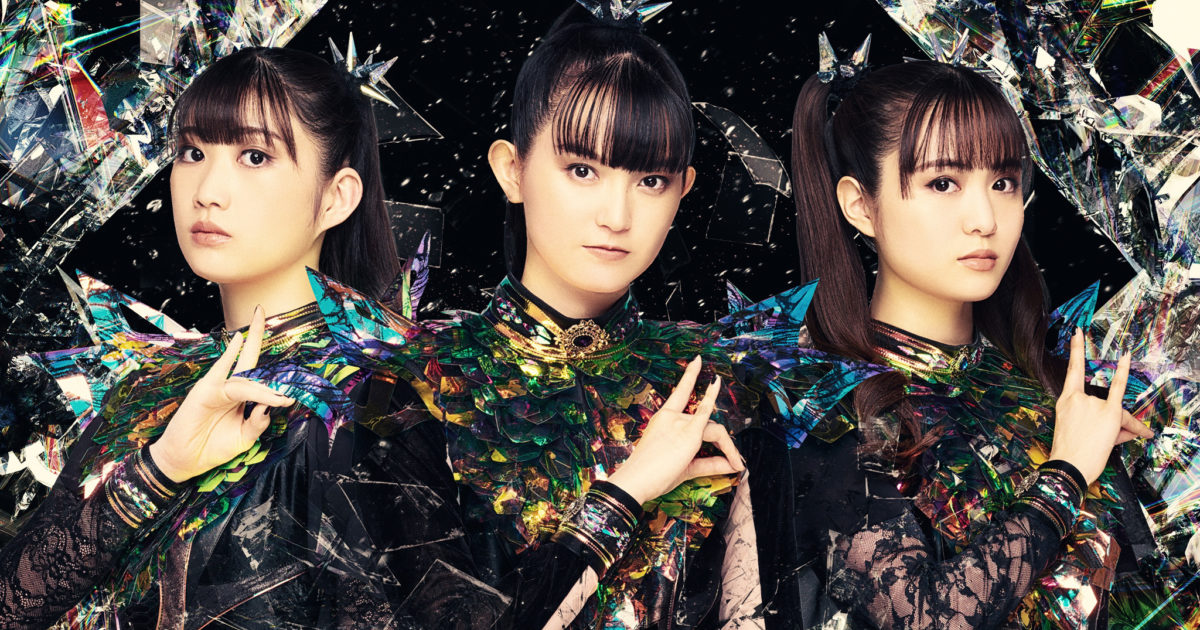Sauvignon Blanc is a grape variety that thrives in nearly every climate, and it’s grown in several wine regions around the world. Its qualities can often be attributed to the places from which it was cultivated. Fans of the bright, zesty grape are likely familiar with expressions from both New Zealand and France’s Loire Valley, the general region that Sancerre and Pouilly-Fumé call home. However, wines from these two regions couldn’t be more different.
Sunlight’s effect
“Sauvignon Blanc is one of the world’s most fascinating varieties that tells the story of where it comes from,” says Jonathan Eichholz, master sommelier.
Climate plays a major role in the flavor profiles of wines made from Sauvignon Blanc. “New Zealand Sauvignon Blanc is coming from a cool and sunny coastal climate, whereas Sancerre exhibits a classic continental climate,” says Eichholz, who points to sunlight exposure as one of the main differences between the two styles.
“New Zealand, specifically Marlborough, receives one-and-a-half times more sunshine hours than Sancerre, leading to its loud aromatic and signature flavors of bright tropical fruit and zesty jalapeño and habanero peppers,” he says.
Sauvignon Blanc-based wines from the Loire Valley tend to express subtler flavor profiles marked by notes of ripe citrus and dried herbs.
The impact of soil
Beyond climate conditions, soil types greatly impact the final flavor profile and structure of Sauvignon Blanc wines. Again, the Loire Valley and New Zealand have vastly different soils.
The Loire Valley is dominated by Kimmeridgian, an ancient soil type that blends limestone, clay, and marine fossils, as well as silex soils, comprised mostly of limestone and sandstone. The northerly part of New Zealand’s South Island, where most of the country’s Sauvignon Blanc is produced, features alluvial soils, made up of mostly silt, gravel, sand, and clay.
Kimmeridgian and silex soils tend to impart a signature smoky aspect to French Sauvignon Blancs. Conversely, the alluvial soils of New Zealand lead to low-yielding, concentrated fruit that results in explosively aromatic, flavor-packed wines.
Differences in winemaking technique
Vinification techniques also play a big role in the final profiles of wines.
“Though both regions focus on the same variety, the approaches in the cellar are vastly different,” says Eichholz. “In Sancerre, the top-level producers are focused on aging in neutral wood to soften the wines and add texture, while in New Zealand, the focus is the bombastic aromatics, so we see significantly more stainless steel used.”
The overlap between the two? Refreshing acidity and crisp, clean fruit flavors.
-
Light-to-medium body
-
High, vibrant acidity
-
More intense aromatics, with notes of citrus zest, fresh-cut grass, bright tropical fruit and jalapeño
-
Light-bodied
-
Medium-to-high acidity
-
Crisp and refreshing, mineral-driven notes of fresh herbs, smoky and grassy, fresh citrus
Food pairings
Despite their distinct characteristics, Sauvignon Blanc from both regions share similar food pairings. Eichholz recommends tacos and Thai takeout favorites, as well as fresh salads, goat cheese, and fried fish. Explore examples from both regions and find the expressions that best suit your preferences or mood.
Bottles to try
Food & Wine / MOMO Wines
2023 Momo Sauvignon Blanc (Marlborough, New Zealand); $20
Fruit for this wine comes from several organically farmed sites in the Omaka, Wairau, and Waihopai valleys of Marlborough. Notes of passionfruit, citrus, and tropical fruits lead to a palate-coating, herbaceous finish.
Food & Wine / Mt. Beautiful Wines
2022 Mt. Beautiful Sauvignon Blanc (North Canterbury, New Zealand); $20
Grapes for this aromatic wine are grown on the northern edge of Mt. Beautiful’s flagship vineyard and were mostly tank-fermented before aging for two months on the lees. Medium-bodied and expressive, the wine shows flavors of tangerine, stone fruit, and tangy citrus zest.
Food & Wine / Maison Idiart
2023 Nicolas Idiart Sauvignon Blanc IGP Loire Valley (Loire Valley, France); $18
Produced from vines with an average age of 35 years, this crisp, clean Sauvignon Blanc was vinified in concrete tanks and aged sur-lie prior to release. Notes of citrus, lemongrass, and a touch of peach skin lead to a balanced, refreshing finish.
Food & Wine / Domaine du Nozay
2022 Domaine du Nozay Sancerre (Sancerre, Loire Valley, France); $42
Domaine du Nozay’s flagship Sancerre is made from a blend of three biodynamically farmed, single-vineyard sites. Notes of grapefruit, pear, and a hint of tropical mango lead to a harmonious, mineral-tinged finish.
Food & Wine / Domaine Vacheron
2022 Domaine Vacheron Les Garennes Sancerre (Sancerre, Loire Valley, France); $100
This cellar pick was crafted by one of Loire Valley’s greatest producers. This single-vineyard Sancerre is made from small plots of vines that are farmed organically and biodynamically. Textured and concentrated, the wine’s notes of citrus, green herbs, and flint lead to a palate-cleansing finish.









:max_bytes(150000):strip_icc()/New-Zealand-Sauvignon-Blanc-vs-French-Sauvignon-Blanc-Sancerre-FT-BLOG0325-f2ffc69bd37c4ff7acd2028ff29c52d7.jpg)

:max_bytes(150000):strip_icc()/GettyImages-2160141832-1e2478f7ca3346dc827b169c1fe1f888.jpg)





